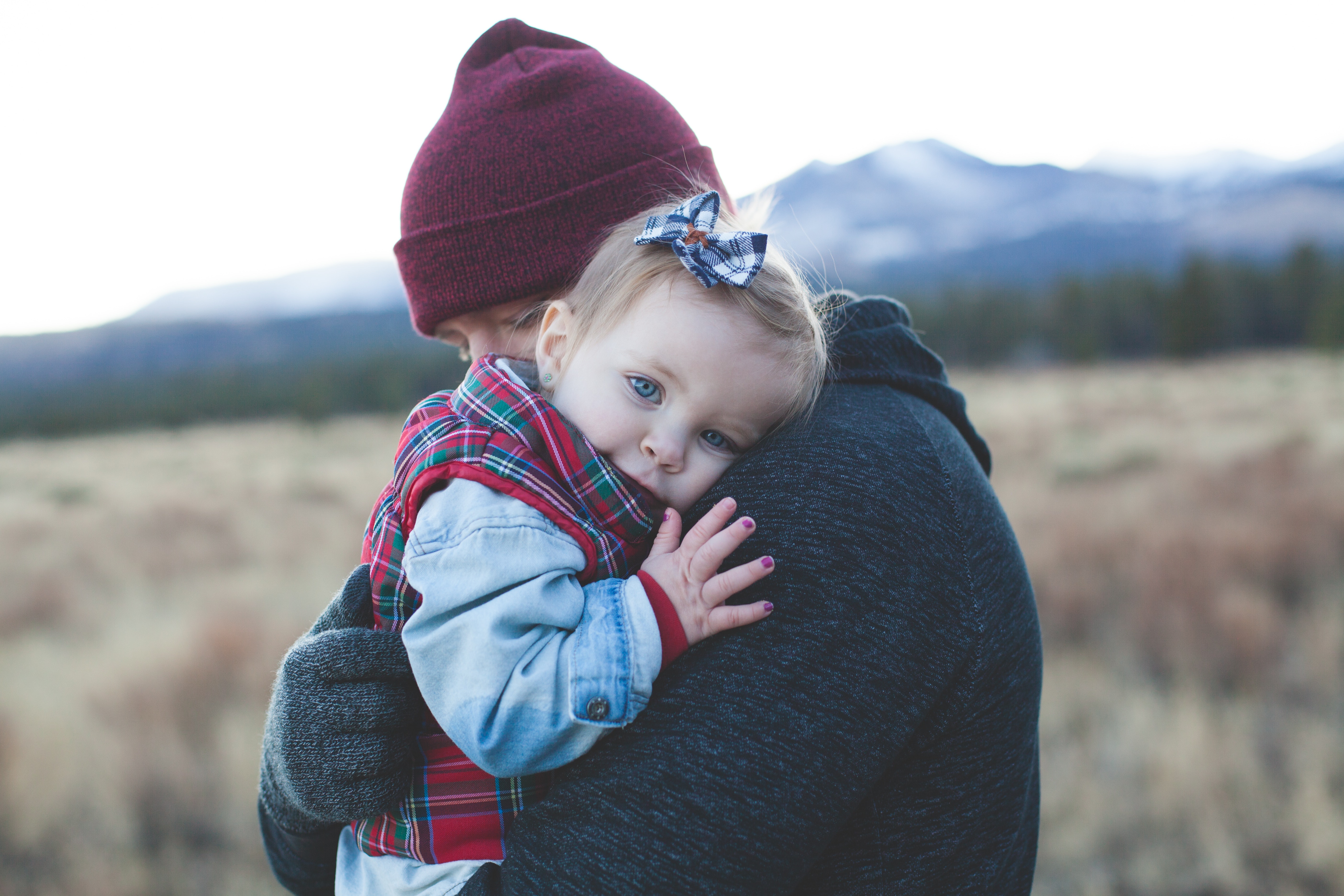
February 6, 2020 by Robert Franklin, Member, National Board of Directors
I’ve written many times about the tendency of child protective authorities to overreach, i.e. to intervene in families when doing so isn’t warranted by the situation. Last time I wrote about the case of Dr. John Cox who, despite over a dozen doctors saying he hadn’t injured his infant daughter, has had the child taken from him and his wife and now faces felony child abuse charges. Key to the child’s removal by the Wisconsin Department of Children and Families were the opinions “child abuse pediatricians,” a small but growing set of medical specialists whose very existence is troubling to many. Dr. Cox’s case looks like a good example of why and NBC and the Houston Chronicle have publicized several others.
But even those who believe that the current approach to child protection is, on balance, doing its job well, would have to admit that the use of child abuse doctors has its disturbing downsides. In my last post, mentioned the tendency to exacerbate overreach and the problem with conflicts of interest, but there’s another problem.
Cox’s ordeal has also opened a rift at Children’s Wisconsin, where some treating physicians say they are so alarmed by what’s happened to him that they now hesitate to refer injured children for evaluations by child abuse pediatricians, fearing that an abuse specialist might jump to the wrong conclusion and needlessly report parents to Child Protective Services.
In other words, the existence and nature of child abuse doctors sometimes causes other doctors to avoid their input into cases of injured children. Surely that’s not the result child protective officials would want, but it’s the one their interactions with child abuse doctors has produced. After all, Dr. Cox put the matter succinctly when he said,
“In hindsight,” Cox said in a recent interview, “taking her to our own hospital was the single most harmful decision that we made for our baby.”
Indeed. The more state officials are determined to find abuse where there is none, the more people will refrain from contacting them, even people like doctors who are required by law to do so.
My guess is that that tendency extends to parents generally, at least somewhat. After all, CPS agencies’ willingness to overreach, to take children from parents when it’s not necessary, is well-known and getting more so. News reports of that abound. If you’re a parent with an injured child and if the injury doesn’t appear too serious, what would you do? Would you take little Andy or Jenny to the ER and risk the “mandated reporters” there bringing in CPS caseworkers? It wouldn’t be surprising if we learned that parents consider exactly those risks and keep the child out of the hands of those mandated reporters if possible.
The child abuse pediatrician quoted by the NBC News article, Dr. Lynn Sheets, makes some quite dubious claims for the behavior of her fellow specialists.
Her 2013 research into these “sentinel injuries” — a term she coined and popularized — found that nearly a third of seriously abused children had previously suffered minor injuries, such as bruises.
To which I can only ask “So what?” I’m surprised that only one-third of those kids had minor injuries. Face it, kids fall down, they toddle into furniture, the cat swats them, they tumble off chairs. Of course they had minor injuries. Didn’t we all? But Sheets indulges in a logical fallacy. Even if 100% of abused kids had minor injuries prior to their abuse, that doesn’t mean that every minor injury either indicates or is a precursor to intentional harm. Sheets seems not to grasp that elementary fact.
She goes on.
“One of the things we realized is, if you just call it a bruise, everyone has bruises,” Sheets told The Milwaukee Journal Sentinel last year, after the bill was introduced. “Everyone thinks about it as a minor injury, including the doctors, including child welfare. So we needed to change the way people are thinking about these minor injuries in young infants.”
Oh? Why do “we” need to do that? Minor injuries are just that and every kid has them. What Sheets apparently hasn’t done (I suspect because she can’t) is demonstrate some robust correlation between minor injuries and future abuse. If she can do so convincingly, she may have a point, but until then, she doesn’t.
Meanwhile, others are examining the devastating consequences of looking for abuse where none has occurred.
But some doctors, defense lawyers and parental rights advocates have criticized the effort to redefine minor injuries as beacons of future danger. They warn that it opens the door for increased prosecutions of innocent families, especially people of color, who are more likely to be flagged as abuse suspects, and parents of children with rare disorders that predispose them to bruising.
It’s what I and many others have been warning about for years. The strong tendency of child protective agencies to overreach can only be exacerbated by the existence of child abuse pediatricians. And the point can’t be stressed strongly enough: taking children from parents who’ve done nothing wrong is not a victimless crime. Children are terribly traumatized and so are parents. Parents may be forced to spend huge sums of money just to legally regain the care of their child they shouldn’t have lost in the first place. And whatever trust the general public has in agencies of government is further eroded.
Dr. Cox’s case is an excellent example. He and his wife, who’s also a doctor, are intelligent, highly-educated and at least reasonably affluent people. If this travesty can happen to them, it can happen to anyone. The poor and undereducated don’t stand a chance.
